The peoples living in the United Kingdom are entertained by a broadcasting television system called Phase Alternation Line (PAL). PAL has 625 lines per frame, 25 frames per second, a field frequency of 50 Hz, and a 4.43361875-MHz sub-carrier. PAL was developed by Walter Bruch at Telefunken in Germany. Broadcasting regulator Ofcom shows that the UK is already the leader in digital TV viewing by as much as 70%, with the US being only 55% and no other European countries passing the 50% total digital population mark. The United States population is informed by a broadcasting television system called National Television Systems Committee (NTSC). NTSC specifies 525 lines of resolution transmitted within a 6MHz channel at 30fps. The committee formed in 1940 by the Federal Communications Commission to develop technical standards for black-and-white television that began broadcasting July 1, 1941, and color television that began broadcasting in 1953. NTSC is incompatible with other television standards. The NTSC standard has been adopted by other countries, including most of the Americas and Japan. With the advent of digital television, analog broadcasts are being phased out, with NTSC broadcasts scheduled to end in the United States in early 2009. Getting TV programming shown to the public can happen in many different ways. After production, the next step is to market and deliver the product to whatever markets are open to using it. This typically happens on two levels:
Original Run or First Run - a producer creates a program of one or multiple episodes and shows it on a station or network which has either paid for the production itself or to which a license has been granted by the producers to do the same.
Syndication - this is the terminology rather broadly used to describe secondary programming usages (beyond original run). It includes secondary runs in the country of first issue, but also international usage which may or may not be managed by the originating producer. In many cases other companies, TV stations or individuals are engaged to do the syndication work, in other words to sell the product into the markets they are allowed to sell into by contract from the copyright holders, in most cases the producers.
In most countries, the first wave occurs primarily on free-to-air (FTA) television, while the second wave happens on subscription TV and in other countries. In the U.S., however, the first wave occurs on the FTA networks and subscription services, and the second wave travels via all means of distribution. First run programming is increasing on subscription services outside the U.S., but few domestically produced programs are syndicated on domestic FTA elsewhere. This practice is increasing however, generally on digital-only FTA channels, or with subscriber-only first run material appearing on FTA. Unlike the United States, repeat FTA screenings of a FTA network program almost only occur on that network. Also, Affiliates rarely buy or produce non-network programming that isn't centered around local events. Since their inception in the United States of America in 1940, TV commercials have become one of the most effective, most persuasive, and most popular methods of selling products of many sorts, especially consumer goods. The United States advertising rates are determined primarily by Nielsen Ratings. The FCC and it’s regulatory authority : The Communications Act. The FCC was created by Congress in the Communications Act of 1934 for the purpose, in part, of "regulating interstate and foreign commerce in communication by wire and radio so as to make available, so far as possible, to all the people of the United States a rapid, efficient, Nation-wide, and world-wide wire and radio communications service...." (The word "radio" in its all-inclusive sense also applies to television.) The Communications Act authorizes the FCC to "make such regulations not inconsistent with law as it may deem necessary to prevent interference between stations and to carry out the provisions of [the] Act." When comparing French news to the United States news and the major international news agency, I have to say I found that Agence France-Presse (AFP) is the oldest news agency in the world, and one of the three largest with Associated Press and Reuters. It is also the largest French news agency. AFP is based in Paris, AFP's worldwide network spans 165 countries, 110 of which are home to bureaus, and 50 of which are covered by local correspondents. Coverage is organized around five regions, which are:
North America
HQ: Washington - 9 bureaus
Latin America
HQ:
Montevideo - 21 bureaus
Asia-Pacific
HQ: Hong Kong - 25 bureaus
Europe-Africa
HQ: Paris - 36 European bureaus and 16 African bureaus
Middle East
HQ: Nicosia - nine bureaus
Within France, the regional network is comprised of seven bureaus, in Bordeaux, Lille, Lyon, Marseille, Rennes, Strasbourg, and Toulouse. The French network is coordinated by a bureau manager based in Paris. It transmits news in French, English, Arabic, Spanish, German, Portuguese, and Russian. The agency was founded in 1835 by a Parisian translator and advertising agent, Charles-Louis Havas as Agence Havas. Two of his employees, Julius Reuter and Bernhard Wolff, later set up rival news agencies in London and Berlin respectively. AFP is subsidiaries are AFP GmbH, German-language services; Sport-Informations-Dienst (SID), German-language sports service; Fileas, Satellite data broadcasting (ParisBourse) and Inédit, Editorial Engineering: Integration of information technology for media companies. There are many regional newspapers in France. The major National newspapers for purchase which happens to include one of my favorites, France Soir, from the movie Amelie, are as listed:
· Le Canard enchaîné (investigative journalism, particularly on French politics, and satirical commentary)
· Courrier International (translated articles from press worldwide)
· La Croix (Catholic)
· Les Échos (economics)
· L'Équipe (sports)
· * Le Figaro (right-wing)
· France Soir
· L'Humanité (formerly the newspaper of the French Communist Party)
· Libération (left-wing)
· Le Monde (centre-left, centre)
· Le Monde Diplomatique (left-wing)
· Le Parisien
· La Tribune
In addition, there are two free newspapers: 20 Minutes and Metro. * Serge Dassault, born April 4,1925, is a French entrepreneur and conservative politician. According to Forbes magazine, as of 2006 he was the 56th richest person in the world. As a diversification, his group owns also 82% of Socpresse, which controls many important French newspapers and magazines, including Le Figaro, and L'Express. Some of the most popular French magazines known to Americans are ELLE, Marie Claire, and Vogue. ELLE is a worldwide magazine that focuses on women's fashion, beauty, health, and entertainment. It was founded by Pierre Lazareff and his spouse Hélène Gordon in 1945. ELLE is owned by the Lagardère Group of France and it is published in the US by Hachette Filipacchi Media U.S., in Brazil by Grupo Editora Abril, in Argentina by Grupo Clarín and in Germany by Hubert Burda Media. The first UK edition was published in November 1985. ELLE magazine also hosts an annual ELLE Style Awards ceremony. The winners are published in the magazine. The first issue of the Marie Claire magazine was created in 1937 by Jean Prouvost, which was distributed each Wednesday. French readers flocked to news stands to buy this early weekly edition, which was a huge success. However, in 1942, German occupation authorities in France stopped the distribution of most magazines, and Marie Claire was one of them. The magazine was not redistributed until 1954. At this time, it became a monthly publication versus a weekly one. In 1976, Prouvost retired and his daughter Evelyne took over the magazine and added L'Oreal Group to the company. Marie Claire is now part of Hearst Corporation, based in New York City. Hearst has branch offices in France, Italy, and several locations in the United States such as Detroit, the West Coast, New England, the Midwest, the Southwest, and the Southeast. Vogue, this first illustrated fashion magazine grew out of a weekly society paper that began in 1892. Vogue magazine's inauspicious start as a failing journal did not preview the success that it would become. In 1909, a young publisher, Condé Nast, bought the paper and transformed it into a leading magazine that signaled a new approach to women's magazines. In 1910, the once small publication changed to a bi-monthly format, eventually blossoming into an international phenomenon with nine editions in nine countries: America, Australia, Brazil, Britain, France, Germany, Italy, Mexico, and Spain. Vogue is widely viewed as one of the most influential fashion and style publications in the world.
Other major magazines include are Bourgogne Aujourd’hu for food and drink; Canard Enchaine for comedy and parody; Cat’s Eyes Europe for travel; Irish Eyes and Lire for literary reviews; Paris Match, Paris Voice and Time Out: Paris for city guides; ReVue, a photography magazine and Recherche magazine covering general science.
Pre-trip assignment: Media Research


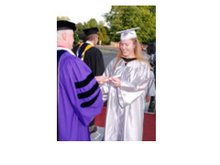

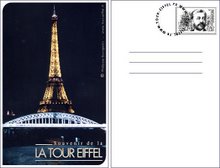




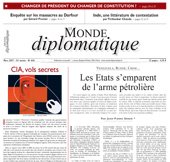

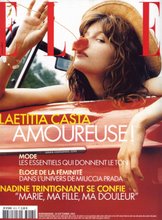

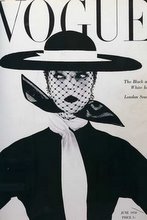

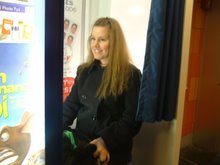

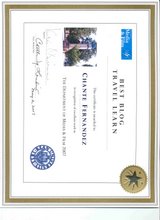
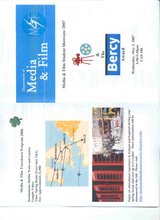
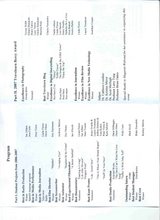
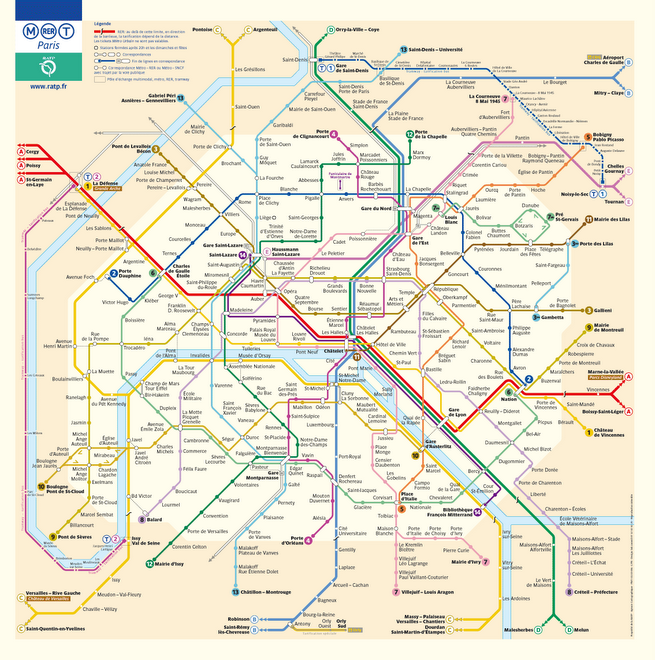
No comments:
Post a Comment